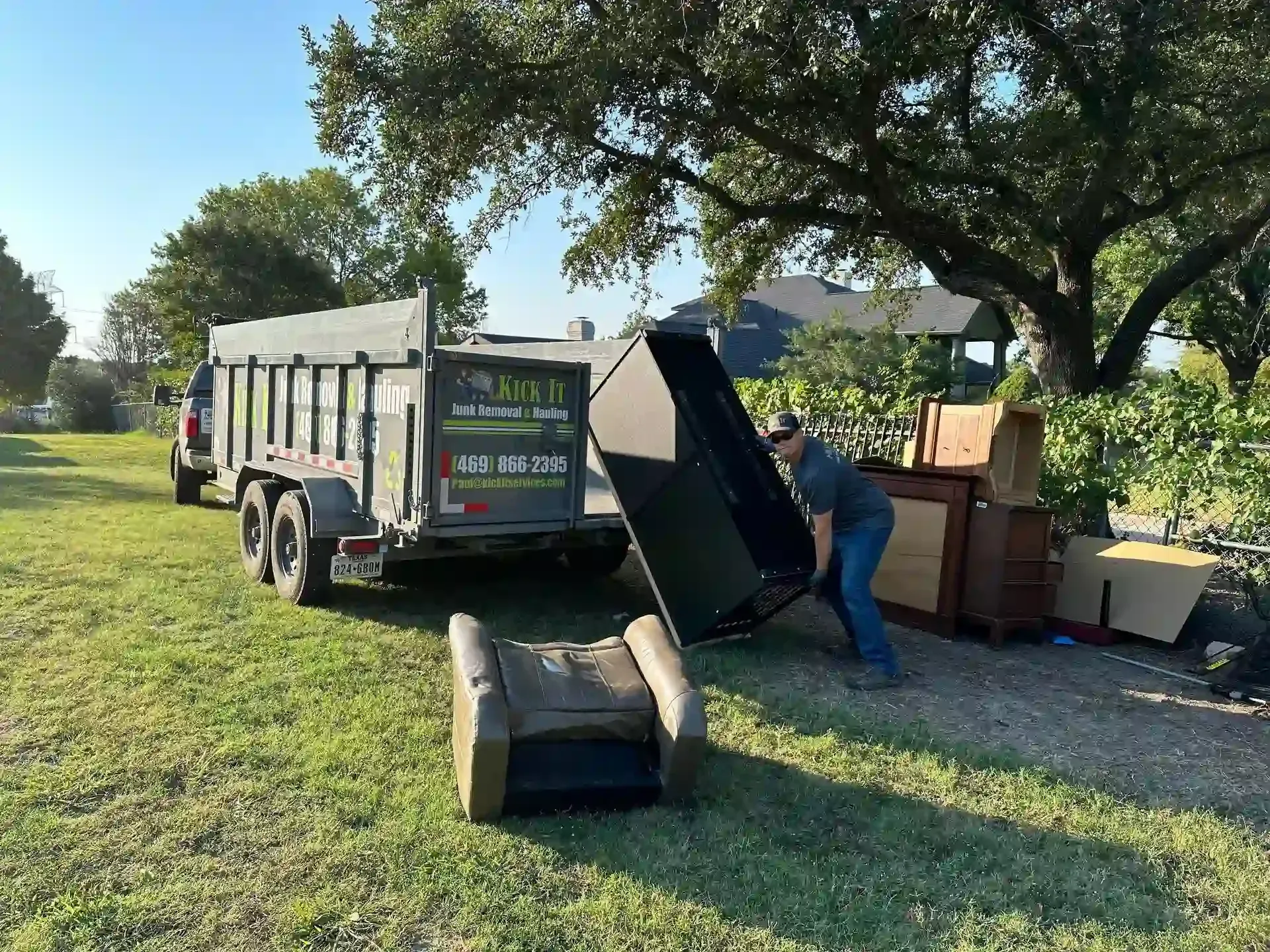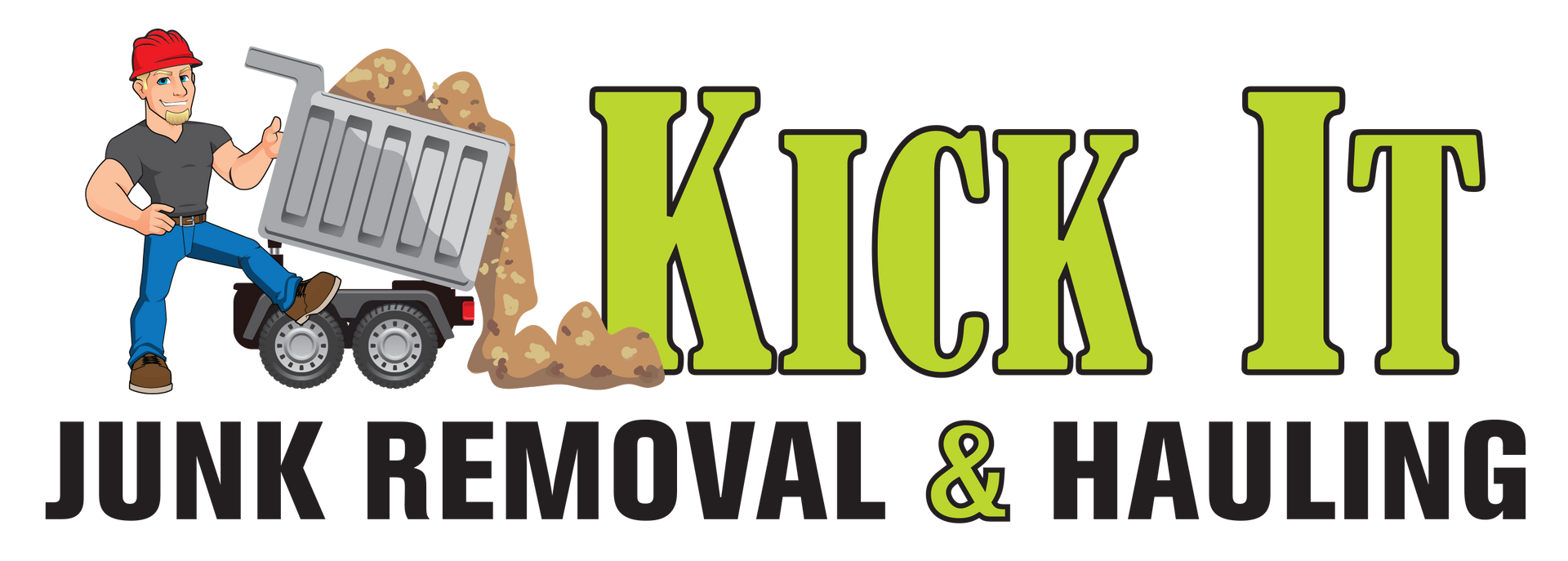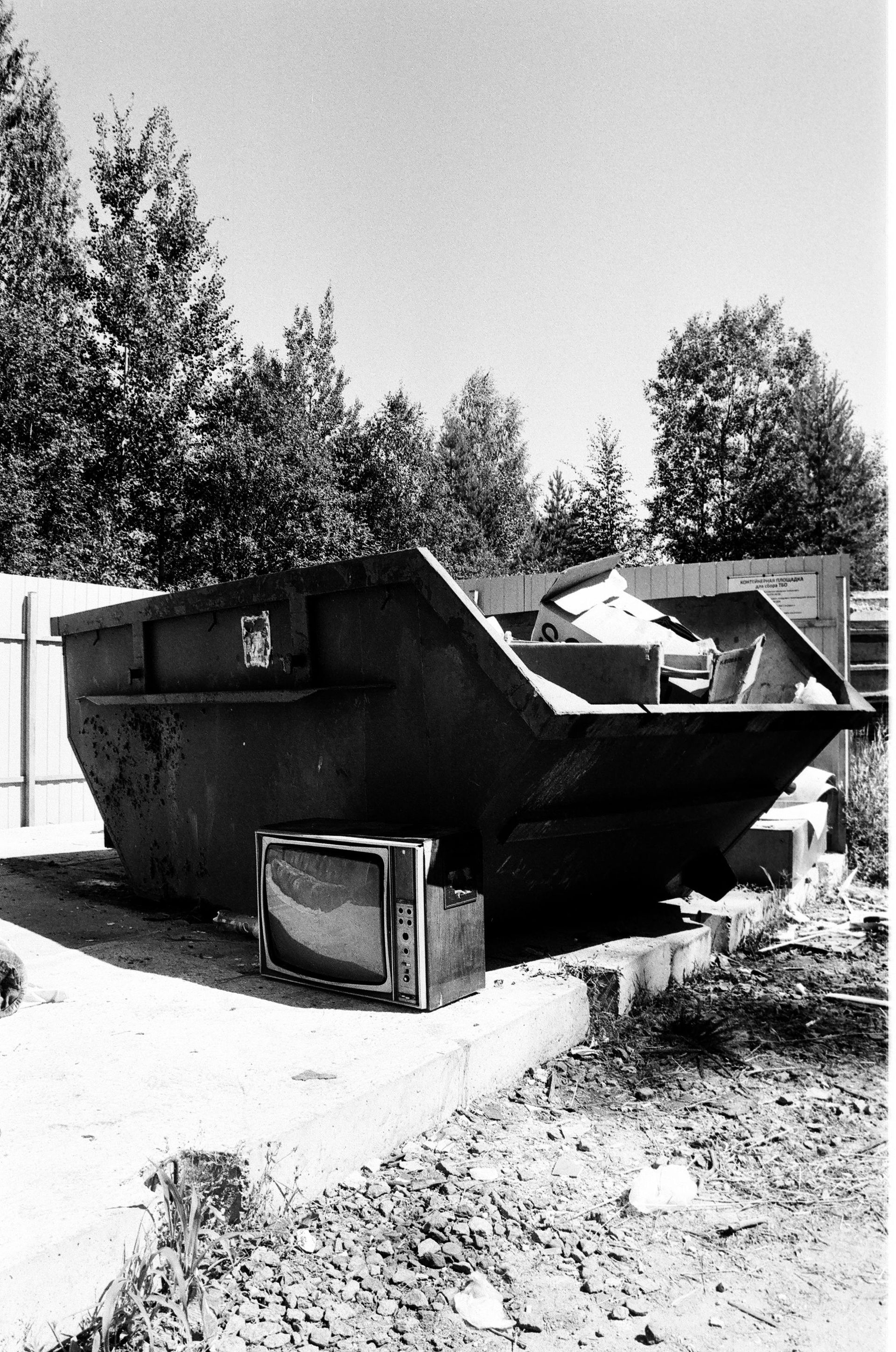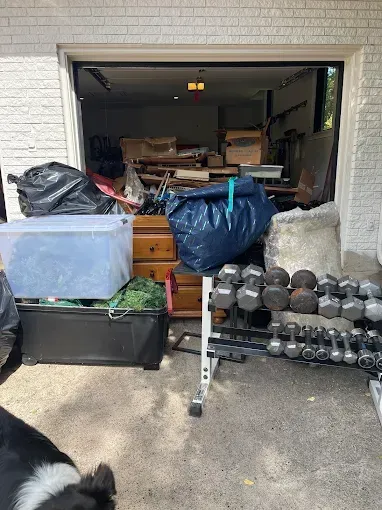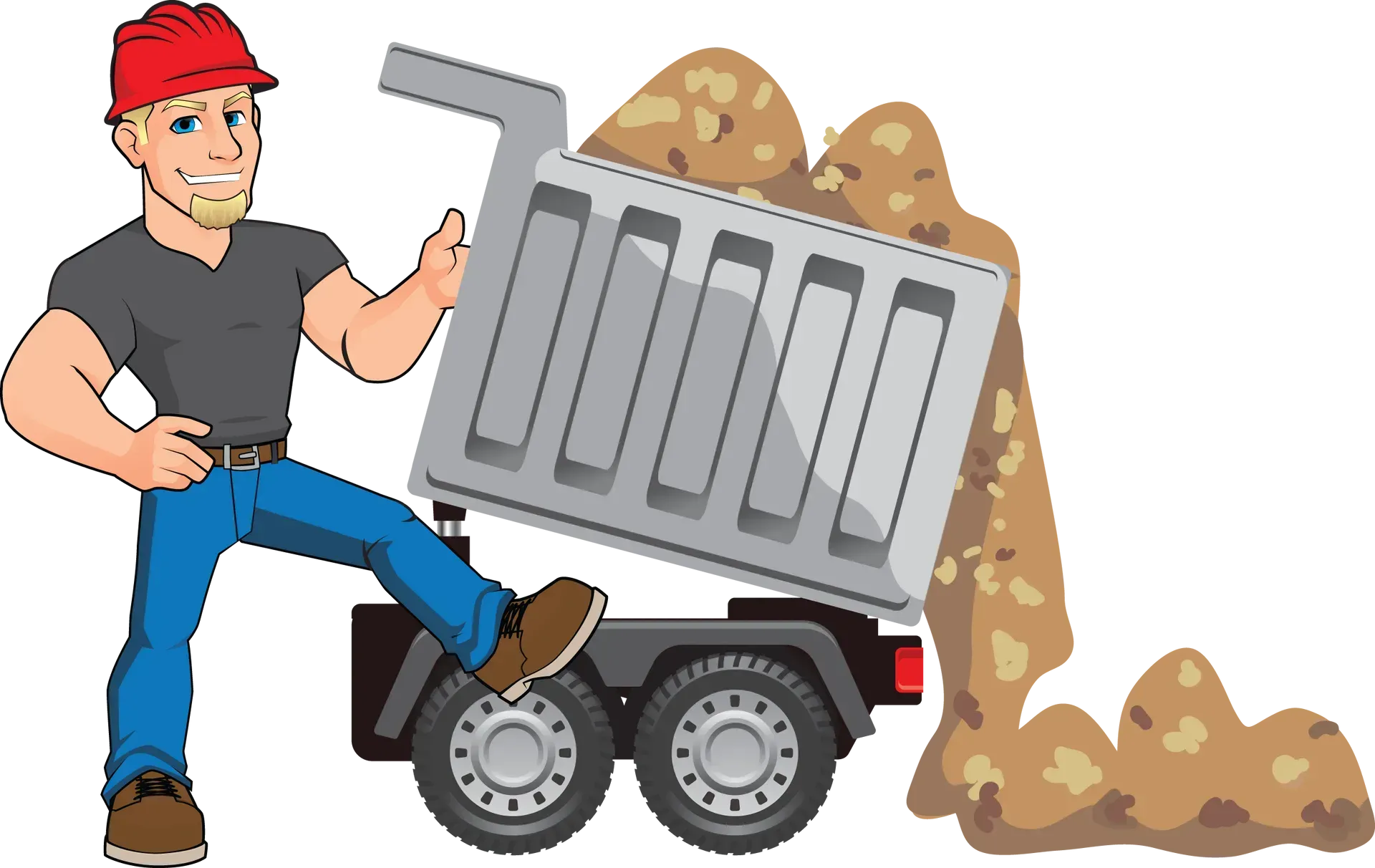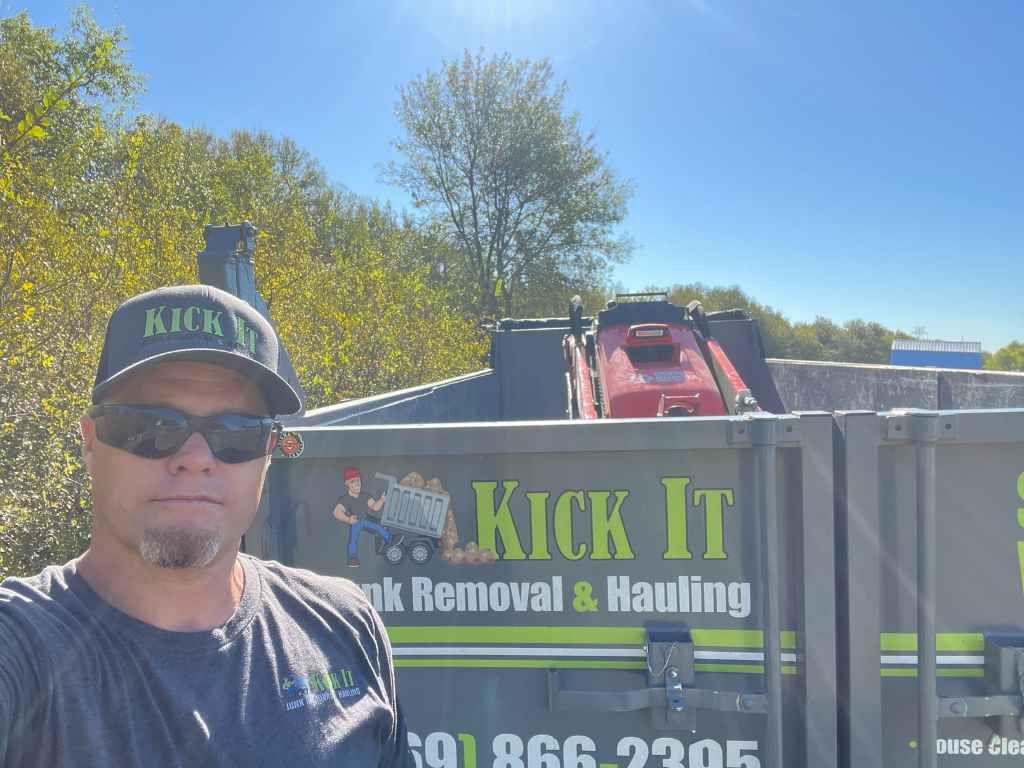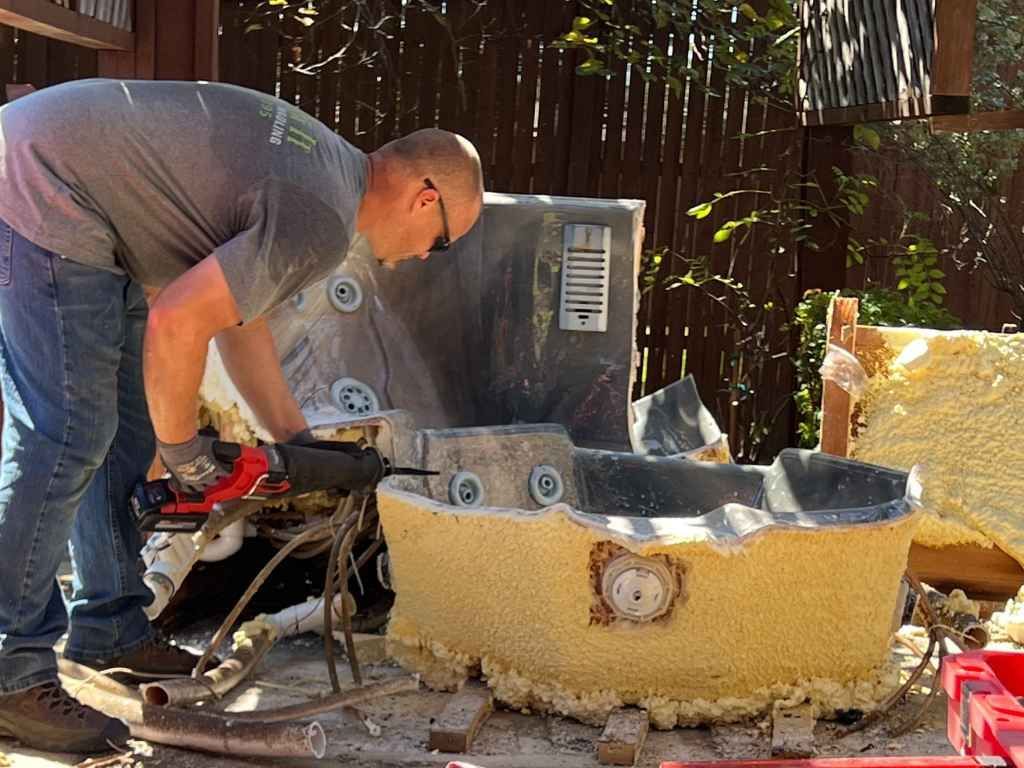Warehouse Junk Removal: Tips for Streamlining Your Space
Warehouses are essential hubs for businesses, storing goods, supplies, and materials critical to day-to-day operations. However, over time, these spaces tend to accumulate excess inventory, broken equipment, unused tools, and general clutter. This buildup can cause inefficiency, safety hazards, and a less than ideal work environment. Streamlining your warehouse not only enhances its functionality but also contributes to a more productive and safer workspace for your employees.
In this guide, we’ll delve into some practical tips for effective warehouse junk removal, ensuring that your storage space works for you rather than against you. From determining what should stay to handling the removal process itself, these tips will help transform your warehouse into a more organized and efficient space.
Understanding the Importance of Warehouse Junk Removal
Before diving into specific tips, it's crucial to understand why warehouse junk removal is so vital for maintaining a clean and productive environment.
Improved Efficiency: A cluttered warehouse can slow down operations, whether it’s from employees spending extra time searching for items or dealing with bottlenecks caused by unnecessary inventory or debris. By removing excess junk, employees can work faster, find what they need more easily, and move around the space without obstruction.
Safety: Excess clutter and unused items can be dangerous, especially in high-traffic areas where workers may trip over items or be exposed to hazardous materials. By clearing out old, broken, or unnecessary items, you’re minimizing the chances of accidents and injuries in the workplace.
Cost-Effective: Regular junk removal helps prevent the unnecessary holding of obsolete items, which can take up valuable space that could be better used for newer, more relevant inventory. By streamlining your warehouse, you’re also improving the utilization of your available space, which could help save money on additional storage costs.
Professional Appearance: A tidy, organized warehouse presents a more professional image to clients, suppliers, and partners. It reflects your company’s attention to detail and commitment to maintaining a well-run operation.
Tip 1: Sort and Prioritize
The first step in any junk removal project is sorting through your warehouse’s contents. It’s easy for items to pile up over time, but sifting through everything methodically ensures that you keep only what’s necessary.
Categorize Everything: Create categories for items that are still in use, those that need repair, and those that are completely obsolete. Items that are no longer functional or necessary should be earmarked for removal immediately.
Ask Key Questions: As you go through the warehouse, ask yourself a few key questions:
Is this item still useful to the business?
Has it been sitting unused for months or years?
Is it taking up space that could be better utilized?
Can this item be recycled or donated?
By asking these questions, you’ll start to identify items that can be disposed of or repurposed, thus making your cleanup process more effective.
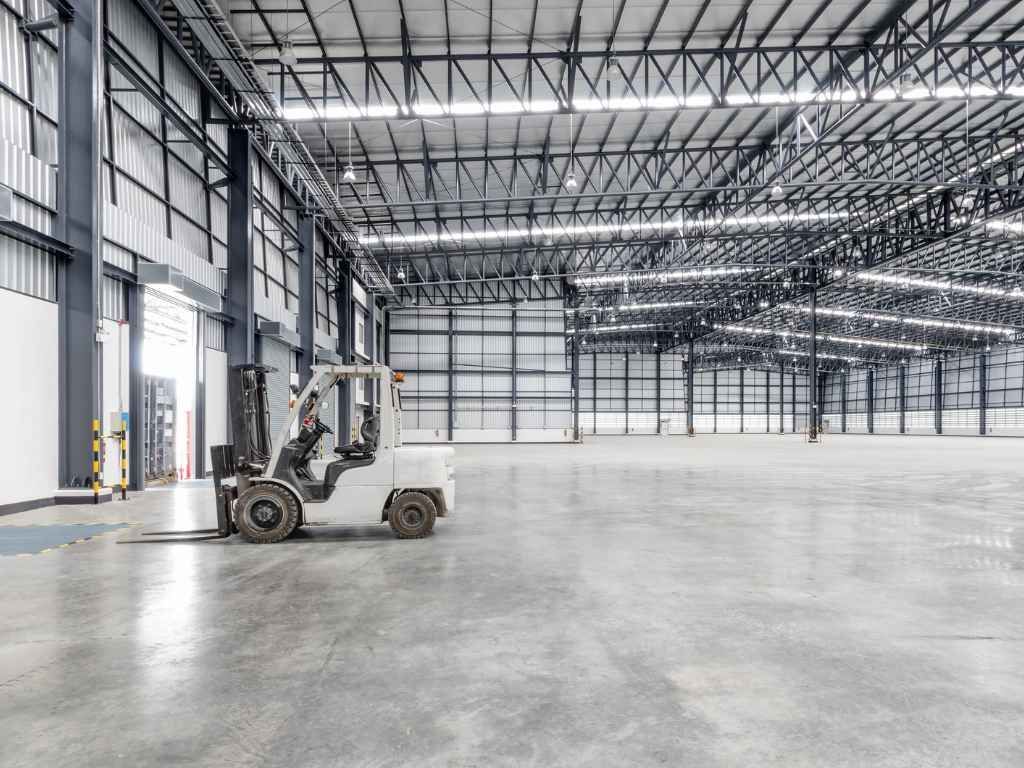
Tip 2: Implement a “One-In, One-Out” Policy
A junk-free warehouse doesn’t just rely on a big cleanup every now and then—it requires ongoing effort to maintain organization and avoid clutter buildup in the future. One way to prevent junk from accumulating again is to implement a “One-In, One-Out” policy..
How It Works: For every new item that comes into the warehouse, an old, unused, or broken item should be removed. This ensures that you’re not simply adding to the clutter, but instead replacing obsolete items with new, useful ones. This method helps keep your space from becoming overrun with excess material.
Enforce It Across the Board: Ensure that everyone in your warehouse, from staff to management, follows the same policy. When employees are aware of the policy, they will be more mindful about unnecessary additions to the space.
Tip 3: Consider the Different Types of Warehouse Junk
Not all warehouse junk is created equal, and therefore, not all junk removal processes are the same. Understanding the types of junk you may encounter can help determine the best course of action for disposal or repurposing.
Broken Equipment and Machinery: Old or damaged equipment can quickly accumulate in your warehouse, taking up valuable space. Assess the condition of your equipment to decide if it can be repaired or recycled. If it's beyond saving, consider hiring professional junk removal services to safely dispose of these items.
Excess Packaging Materials: Packaging materials like boxes, bubble wrap, and pallets often take up more space than necessary. Recycle or repurpose these materials as much as possible, and consider investing in more sustainable packaging alternatives that won’t take up as much storage space.
Obsolete Inventory: Outdated inventory can create a significant clutter problem, especially if it's stored in bulk. Implement a rotation system to ensure that older inventory is used or sold first, preventing it from taking up unnecessary space in your warehouse.
General Trash and Debris: Don’t forget to address general trash and debris. This includes anything from paper and plastic to dust and dirt that can accumulate on the warehouse floor. Regular cleaning and disposal are key to maintaining a safe and clutter-free environment.
Tip 4: Optimize Your Warehouse Layout
The organization of your warehouse plays a crucial role in preventing clutter buildup. A poor layout can result in inefficiencies and unnecessary piles of junk. Therefore, consider optimizing your space to improve workflow and organization.
Designate Zones: Create clearly marked zones for different types of items (e.g., inventory, packaging materials, broken items, etc.). This not only helps in keeping things organized but also helps employees know where to go for each specific type of item.
Vertical Storage: Use vertical space as efficiently as possible. Shelving, pallet racking systems, and other vertical storage solutions can help free up floor space for more efficient operations.
Keep Aisles Clear: Ensure that aisles and walkways are kept clear of clutter. This makes it easier for workers to navigate the space and reduces the risk of tripping or damaging inventory.
Tip 5: Schedule Regular Junk Removal
Junk removal shouldn’t be a one-time event, but rather an ongoing process. Depending on your warehouse’s size and the amount of inventory you manage, it’s wise to schedule regular junk removal sessions. Whether it’s monthly, quarterly, or bi-annually, having a routine in place will help ensure that clutter doesn’t have a chance to pile up again.
Outsource When Needed: If junk removal starts to feel overwhelming, consider hiring a professional junk removal service. They have the expertise, equipment, and manpower to handle large-scale cleanups, saving you time and effort while ensuring that items are disposed of responsibly.
Stay Proactive: Don’t wait for clutter to become an issue. Encourage your team to stay on top of junk removal by addressing smaller issues as they arise. This proactive approach will prevent your warehouse from falling back into disarray.
Tip 6: Recycle or Repurpose Whenever Possible
Instead of simply throwing everything away, look for opportunities to recycle or repurpose items that might still have value. For example, packaging materials can often be reused, and broken equipment might have parts that can be salvaged.
Partner with Recycling Companies: Find local recycling companies that specialize in warehouse materials. Partnering with these organizations can help you dispose of items responsibly, reducing your environmental impact while streamlining your space.
Repurpose Unused Materials: Look for creative ways to repurpose unused materials or items. Broken pallets can be turned into furniture or storage solutions, and old equipment may have parts that could be refurbished for use in other areas of your business.
Tip 7: Involve Your Team in the Process
Cleaning and decluttering a warehouse is not a one-person job. By involving your team in the junk removal process, you can tackle the cleanup more efficiently and foster a sense of shared responsibility.
Create a System: Establish a system for employees to report excess junk or items that are no longer useful. A dedicated area for “items to be discarded” can help streamline the removal process.
Employee Incentives: Offer incentives for team members who actively contribute to keeping the warehouse organized. This could be in the form of recognition, small rewards, or even bonuses for teams that go above and beyond.
Essential Warehouse Junk Removal Tips for a Streamlined Space
A clutter-free warehouse is essential for improving workflow and creating a safer environment. Start by sorting through items and determining what’s necessary for daily operations. This will help identify what should be kept, repaired, or discarded. Additionally, ensure the removal process is systematic, categorizing everything according to its condition. Regularly assessing the warehouse and removing unnecessary materials will prevent overcrowding and improve both productivity and safety.
The next step in streamlining your space is creating an efficient layout. Designate specific areas for items based on their use and frequency. This helps keep everything in its place, making it easier to access materials when needed. Using vertical storage options can free up floor space, which will enhance navigation within the warehouse. Also, consider scheduling periodic junk removal services to maintain a tidy space and avoid the accumulation of unwanted items over time.
Conclusion
Warehouse junk removal isn’t just about clearing away old debris—it’s about creating a space that enhances efficiency, safety, and productivity. By following these tips, you can streamline your warehouse, maintain a clutter-free environment, and ultimately improve the overall function of your operation.
For those in need of professional assistance with warehouse junk removal, Kick It Junk Removal & Hauling is here to help. With years of experience and a commitment to quality service, they offer comprehensive junk removal solutions for businesses in and around the Forney area. Whether you're dealing with old equipment, excessive packaging materials, or general warehouse debris, their expert team will ensure your space is cleared and optimized for success.
